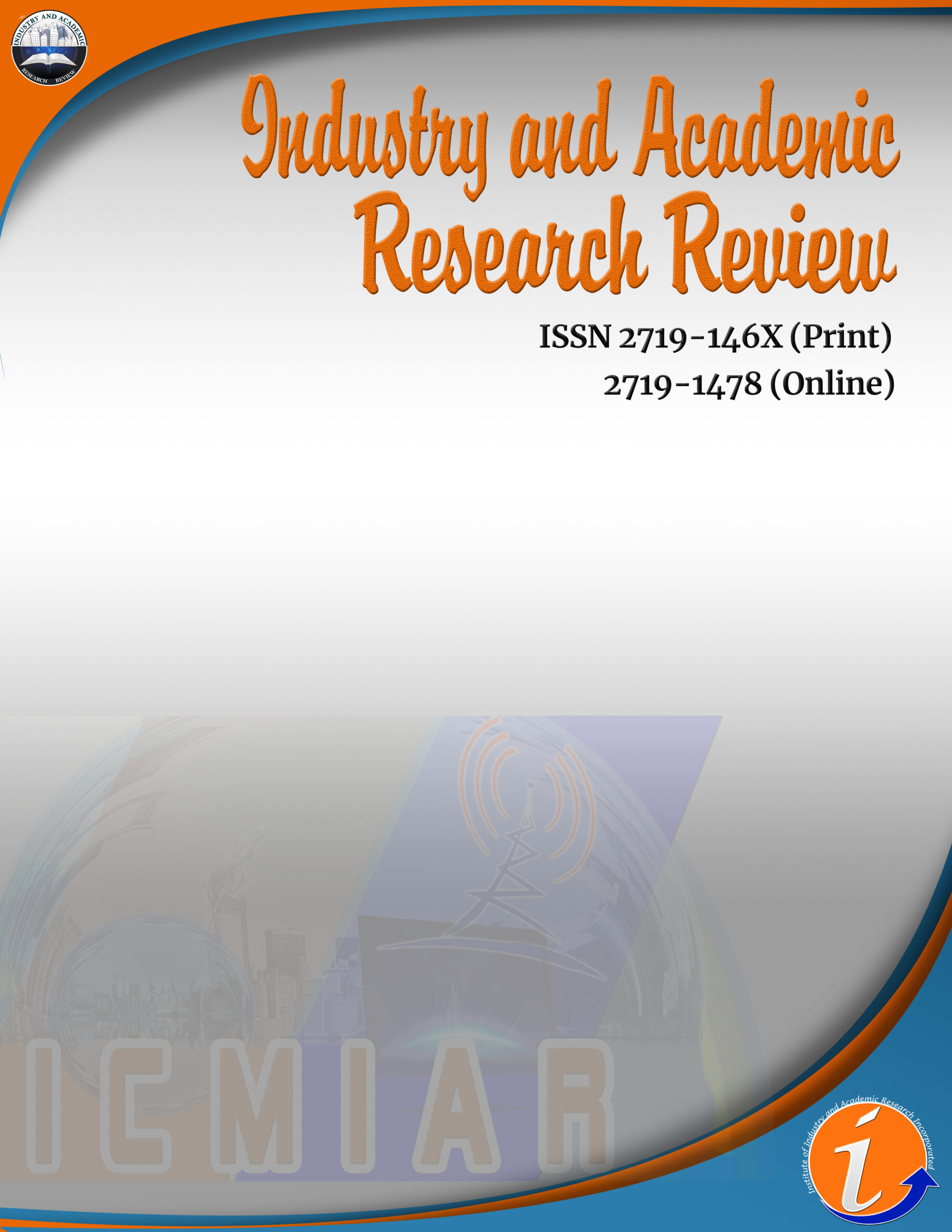Agricultural processing generates a lot of agricultural wastes; and one category of such waste are agricultural crop residues such as bagasse, leaves, peel, straw, stem, shell, stalk, husk, pulp, and stubble, etc. These wastes from the agricultural sector are generally left unutilized, are becoming a threat to global health and food security. It is in this premise that the inventors would like to address the use of waste materials that have immense potential and are readily available in the locality as feed ingredients in pelleting animal feeds. Hence, the study aims to design, fabricate and test the pelleting machine for organic-based animal feeds using varying proportions of azolla, madre de agua, coconut pressed cake, and pili pulp with two levels of molasses (5% and 10%). Its operating characteristics were evaluated in terms of feeding rate (kg h-1), machine capacity (kg h-1), percent pellet recovery (%), and pelleting efficiency. The formulation of the organic animal feed pellets, comprises 45-55% azolla, 25-35% madre de agua, 3-10% coconut meal, 3-10% pili pulp, and 7-15% molasses. The highest feeding rate of 1.46 kg h-1 was obtained at 50:30:10:5 ratio with 5% molasses. While the highest machine capacity of 1.06 kg h-1 was obtained using the 50:30:5:5 ratio with 10% molasses. Whereas, the highest percent pellet recovery of 90% and highest efficiency of 87.73% was obtained using the 50:30:5:5 ratio with 10% molasses.
pelleting, organic, azolla, madre de agua, pili pulp, molasses
License:
![]()
This work is licensed under a Creative Commons Attribution (CC BY 4.0) International License.







